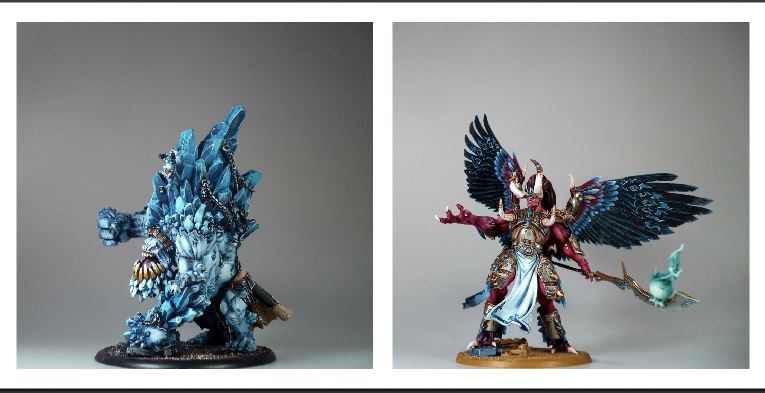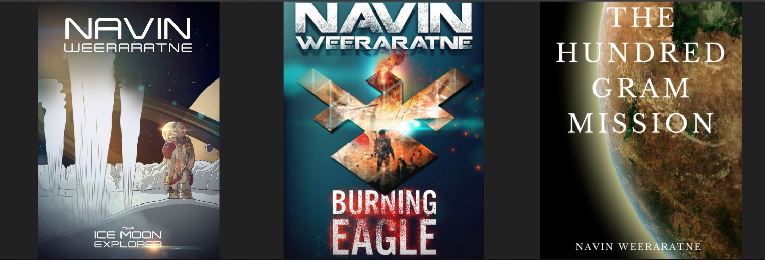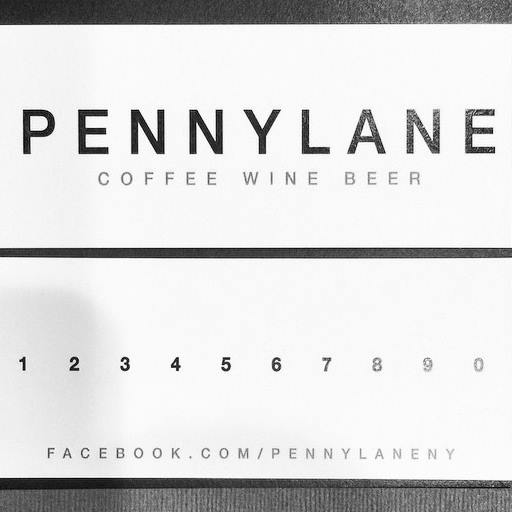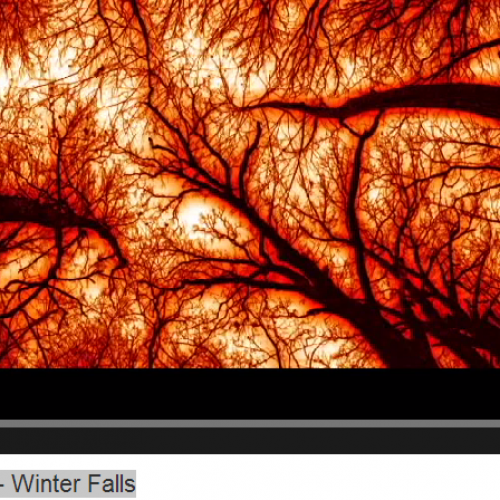Navin Weeraratne: The Man Who Paints The Stars
One particularly gloomy evening, I found myself walking down the lane next to Royal International. I was looking for a particular house, and being me, I lost my way a few times before finally finding the right gate.
The first thing I registered was a table with a lot of food and beer on it. The second thing was a bunch of people – all hardcore geeks – gathered around said table.
The third, and most startling, was the man who stood at their head. He had a toy replica AK-47 in one hand, a bacon sandwich in the other, and was talking loudly and enthusiastically about Neil de Grasse Tyson.

photo credits : CoCA Art
That was Navin Weeraratne. Navin was – and is – a miniatures painter, his house crammed full of exquisitely detailed models and history books and board games. Every so often Navin and Thilani Samarasingha, his wife, would bring together people who could talk everything from Warhammer 40K to politics to rocket physics and run tabletop RPGs, fleshing out scripts, guiding us through strange castles and alien planets, with the occasional bacon sandwich in between.
Those little gatherings have since evolved into the spectacular Lanka Comic Con, and so has the man. Over the years, Navin has taken those dreams of starships and and turned them into worlds contained in sci-fi novels – Burning Eagle, The Hundred Gram Mission, The Ice Moon Explorer. His stories are locally and internationally renowned for the depth of research he puts into them, and he’s part of a newly minted community of Sri Lankan authors making waves across the world, using Amazon’s Kindle ecosystem to spread their voices out beyond the country. YW for Decibel.lk caught up with him to find out more about the man.

YW: Tell us about yourself. Word is you came down here after completing your degree at Harvard to paint Warhammer figurines, and you turned that into a successful business. You’ve managed it through recessions and all sorts of ups and downs. How in the world did THAT happen?
Navin: I dropped out of my grad program at Harvard, to come back and start my business. I thought I knew enough (I didn’t). Boston is a very entrepreneurial city: at some point, you will be part of a startup, or launching your own. I committed heresy: I wanted a startup that made a product I liked (this was considered unprofessional at the time). I researched, built spreadsheets, wrote a business plan. It was strong. So I got on a plane.
I built the site myself, with crappy site builder tools. A month later, I had my first sale. I painted it myself, on my grandma’s kitchen table. With the money I hired my first painter. It was hard. Everyone was waiting for me to fail, and Sri Lanka made no sense to me. The first 5 years were the hardest, and I made a lot of mistakes. But if your product is good quality, your business profitable, your cash flow strong, and you are not too stupid, you figure things out after a while. I now have 15 full time employees. I want to get out of the custom work we do, and into pre-painted minis – it’s much easier, takes far less of my time, and is scale-able – which is the kicker. We’ve got it started. Now it’s just a matter of working out how to juggle two different business models that fight for the same resources.

YW : Tell us about your writing. You’ve got two novels out, a short story, and you’re working on your next thing. Why do you write? What got you into science fiction?
Navin : Star Wars got me into sci-fi. My earliest memory was watching Luke and Vader fighting on a chunk of asteroid, and with each miss, the chunk got smaller. I’m still surprised today that this never happened. At 9 I read Arthur C Clarke’s Odyssey Three. It blew my puny mind. It was weird reading sci-fi without lasers and galactic emperors: and to think it plausible.
I never wanted to write – I wanted to draw. My Mom didn’t care for that, and tried to push me into drama. I wasn’t allowed to read comics, and was pushed to read Dickens, and to play the piano (seriously).
So drawing died, but I wrote. My first book was an 80 page story about a man and robot, trying to blow up an alien generator. It was called, of course, “The Generator Quest.” It had pictures. I’m so glad it was left behind. The Gulf War (1990) I think had an impact too – I find keep wanting to write about people killing each other in deserts.
One day at Barefoot, a friend (Deshan Tennekoon) berated me, saying I should get back to writing, like I did in high school. That night, I started writing again. Once I started, I couldn’t understand why I ever stopped.
I write because I feel like I have stories to tell, but I don’t feel like they’re my stories. They feel like they’re the character’s stories. My greatest fear is that I’ll die before I write them all. Whenever death or mortality come up, I think “but I have so much work to do.”
I write about worlds that I think could really happen. If the science is legit, and the extrapolation of history plausible, then the issues become real. How will we live surrounded by super-sapient beings? Won’t comet gardeners in the Oort Cloud go to war with the Dyson builders? Shouldn’t immortality be a human right? These are real issues. The fact that they’re in our future, changes nothing.
YW: What’re you working on at the moment?
Navin: It’s a trilogy I’m calling The Last Tales of Humankind, and I’m almost done with the first book. It’s set just before the war with the Calamari in Burning Eagle, about a mission to visit the mostly quiet, perhaps failed colonies, of the seedship era. The first book is called Departure from Planet 9. I need to publish, before Planet 9 is actually discovered.
YW: All of your work is very hard sci-fi – the kind of stuff where the engines work and the physics lines up. Why?
Navin: With soft sci-fi, the story is all. Reality is not allowed to be a constraint. I can’t fault that – themes, conflict, structure – these should constrain story, not reality. Not whether or not a character will splat when she jumps out of her crashing lander. But if we allow it to — how low must the lander be, before she jumps? What’s her starting speed? How weak must the gravity be, for her to survive?
In soft scifi, she can always just fire her jets and land safely (how convenient). It’s what the reader expects. In hard scifi, she jumps, she falls, she smashes. She spits out her teeth and limps away.
No one expects that. No one expects aliens camped around a Tipler Cylinder, mining technology from garbage sent back to them, from the future. No one expects hidden cultures around rogue gas giants, tapping energy from the angular momentum of their spin.
This is what constrained-by-reality gives you – original content. Hard sci-fi is a commitment to do the homework, wherever it leads and however long it takes.
The results make you look clever, but all you’ve done is try to read astrophysics papers on the crapper every morning.
That’s why the research happens. But, once you apply it to making sure the engines work, you start applying it to everything else.

YW: So what kind of work goes into this sort of research-based writing? I remember a lot of that in particular in the Hundred Gram Mission.
Navin: There’s a scene in the 100g Mission that’s based in New York, in a coffee shop. The Pennylane coffee shop is real. It’s described from pictures in a review. It is the only place outside the UN, that the characters would have met. So that’s where they went. That has nothing to do with getting the science right. But it makes the story more realistic. The 100g Mission shows a possible future, from the climate change problems to the proliferation of weaponized nanotech. These are going to be real issues. They just haven’t happened yet.
The process is tough on me – I’ll find something I need to know more about – then everything stops,and all I do is research. Sometimes I need to get behind paywalls or find out of print books. It can be quite the digression, but I’ve never regretted the time. You learn so much when you’re writing a book, and that’s part of the fun.
There are ups and downs, of course. The downs have come from writing this, and then having poor promotion and marketing on my part — and the great frustration of not having enough time to work on that.
The ups are when people – anyone at all – comes up to me and asks me specific questions about something I wrote. It means I did something for them. I means I mattered.
YW: Let’s talk publishing. Most Sri Lankan authors hunt far and wide for a publisher. You’ve opted to go straight to Kindle and Amazon with yours.
Navin: I actually never considered print. Probably because I’ve been a Kindle reader now, for years. So when I finished Burning Eagle, I wanted to see it in the same place I find my reading. It’s also a no-brainer: you get global access, have zero print cost, and control your price and cover.
The stuff print writers have to go through is insane. I only printed some copies of The 100g Mission, because I thought it would be cool to sell them at our own little Comic Con. It was cool. It was also a terrible idea. What a waste!

YW: You’ve also become very well known for bootstrapping a huge geek movement here in Sri Lanka, starting with get-togethers at your house and then working with others to scale that up to the massive Lanka Comic Con. How did that happen and how in the hell do you juggle all of this stuff?
Navin: I’m very used to boot strapping, it’s probably the most useful thing I know. Typically, you start with trivial money and resources, but pay through the nose in time. We got lucky with the Geek Club – which was very much a team effort. It’s just been 5 years.
The trick to getting it done though, is easy. Avoid things that waste your time; use the freed time to do something useful; and then be disciplined about it. I watch hardly any TV, and I very rarely play computer games (which I love, so that’s tough). I’m also somewhat anti-social, which occasionally makes me a mean person, but I’m okay with that.
YW: To wrap up, where do you see the Sri Lankan sci-fi scene heading? Where do you think Asia, for that matter, will end up?
Navin: The Sri Lankan scene is catching fire. We’ve already got several young new authors coming out. There’s definitely more in hiding, and they’re seeing us get out there and prove concept. There are Sinhala sci-fi writers coming to Comic Con – I didn’t even know they existed. I can’t wait to meet our comrades on the other side of the language fence.
Liu Cixin (China) has proved the Western audiences are just as happy with a good sci–fi story, wherever it’s from. Part of his charm is that his work is not Western-centric – his Sun of China short story shows you the rags to riches whirlwind of opportunity in that country. The desperate poverty of someone being delighted that he gets to drink water that’s not black – what Western writer could do that?
That’s where we’ll really make our mark in the West. We’ll show them bits of our world and our own people’s stories, while we talk about stars and galaxies.
Follow Navin’s work at www.scifinavin.com.
About YW
Yudhanjaya is an internationally bestselling science fiction author and a researcher on Lirneasia’s Big Data team. He’s worked as a tech journalist, editor and game designer, running news operations and designing intricate story-based games for the Japanese indie market. He is sometimes known by his political blog and alter ago, Icaruswept, which discusses culture and technology in Sri Lanka.
About author
You might also like
New Music : Now That You Know (The Last Song) – Kenula Kandanaarachchi (Lyric Video)
Kenula is a fresh name from the island’s mushrooming scene and Friday saw the release of his brand-new original single. This is part of a series of songs that make
Izzy Wildchild – Winter Falls (teaser)
This sounds simply amazeballs! Word is that this producer/guitarist will be releasing an album in the near future and we will be talking to him on this but before that..here’s
Warna – Jothi Tribute Medley
The ultimate Jothi tribute medley is here by a fairly new group in the scene called ‘Warna’. They have been known for releasing tributes in the past and we think













